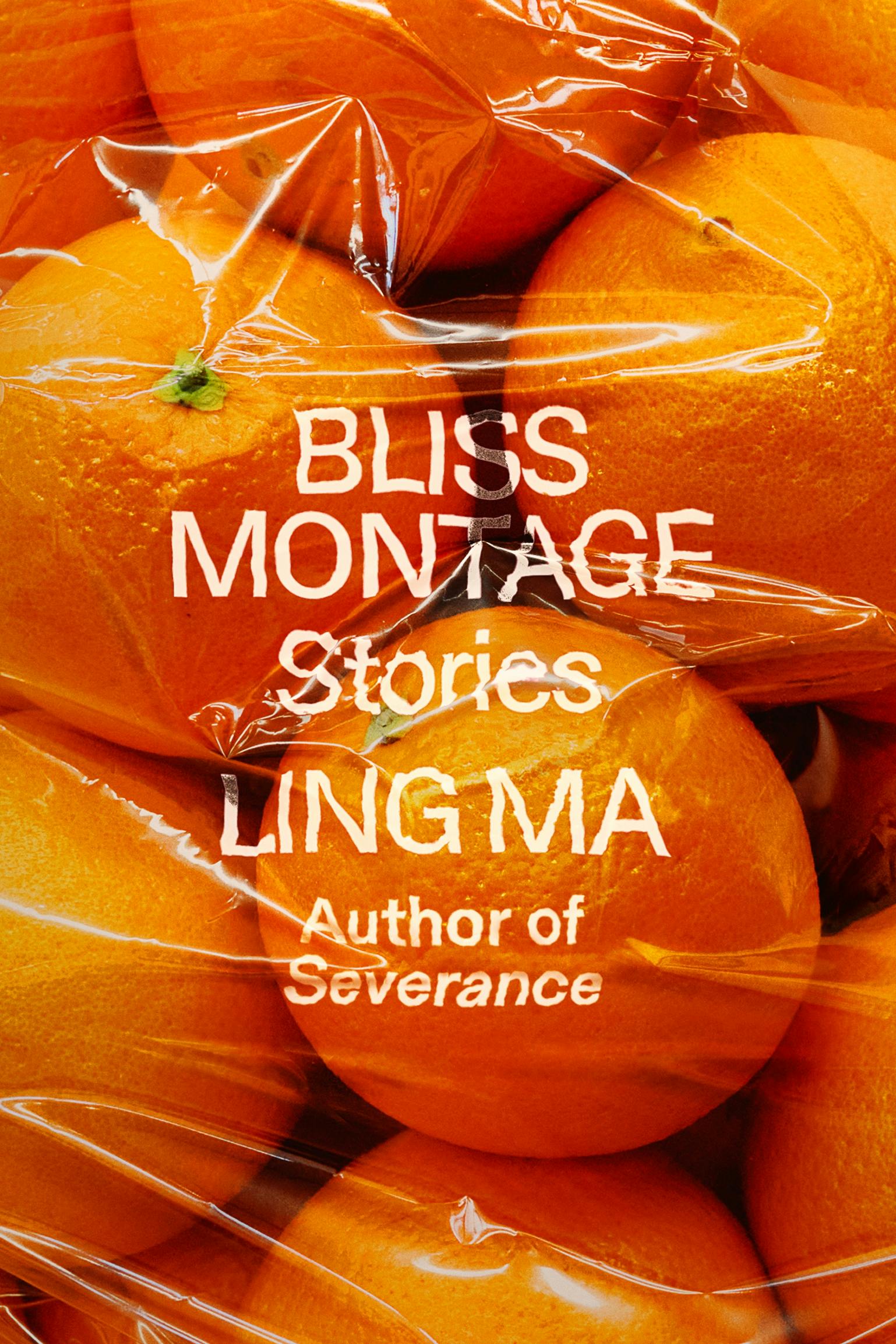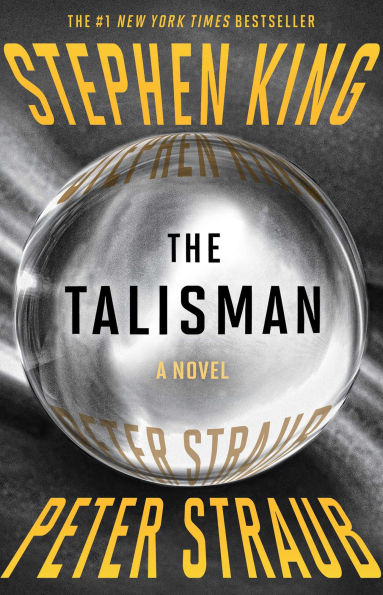Bliss Montage
by Ling Ma (2022)

2025 reads, 7/25:
“Were we processing trauma or were we simply re-experiencing it?”
I have decided, once again, to embark on a short story collection. I’m not sure why I keep coming back, the medium isn’t quite my favorite (the only short story collection I’ve really loved was Kurt Vonnegut’s Welcome to the Monkey House). Ling Ma’s collection Bliss Montage is highly regarded, so I decided to experience its eight short stories spanning different ideas written in a similar style. I actually must thank Jeff Rosenstock for this suggestion.
“‘Am I lacking in some way?’ I asked. ‘Are you?’ She wouldn’t stop, I thought, until she had totally consumed me. I’d end up in her digestive tract, as she metabolized my best qualities and discarded the rest.”
These stories are dreamlike, surreal, yet at the same time extremely grounded in situations that women, especially those in diaspora, can relate to. I’m impressed by Ma’s writing technique and how she manages to accomplish this. A commonality between these stories is that they have abrupt endings – not cliffhangers, just “cuts to black” – which was likely purposeful. It seems that Ma places a lot of weight on the reader to understand the meaning of each story, which I respect; almost every story is an allegory in some sense, some easy to pick up on, others not so much (maybe it’s just because I’m a white guy though). But it was enlightening to read a lot of these, and I got a lot out of them.
“He was always just standing there, not making and social gestures. How was he so special that he didn’t have to work to justify his existence? I’d wonder. I was constantly overcompensating back then.”
The first three stories (“Los Angeles”, “Oranges”, “G”) and second-to-last (“Peking Duck”) were my favorites, as they touched on themes such as domestic abuse, friendship, family and relationships. “Peking Duck” seems to be a meta-story for the entire collection, blurring the lines between reality and fiction. So check out Bliss Montage if these stories seem interesting to you. Of course, the catch-22 with short stories in general is that different stories appeal to different people – but you have to read the whole collection to get to know your favorites. I promise, you will see things differently once you do.
“English is just a play language to me, the words tethered to their meanings by the loosest, most tenuous connections. So it's easy to lie. I tell the truth in Chinese, I make up stories in English… It is the language in which I have nothing to lose, even if they don't believe a thing I say”




